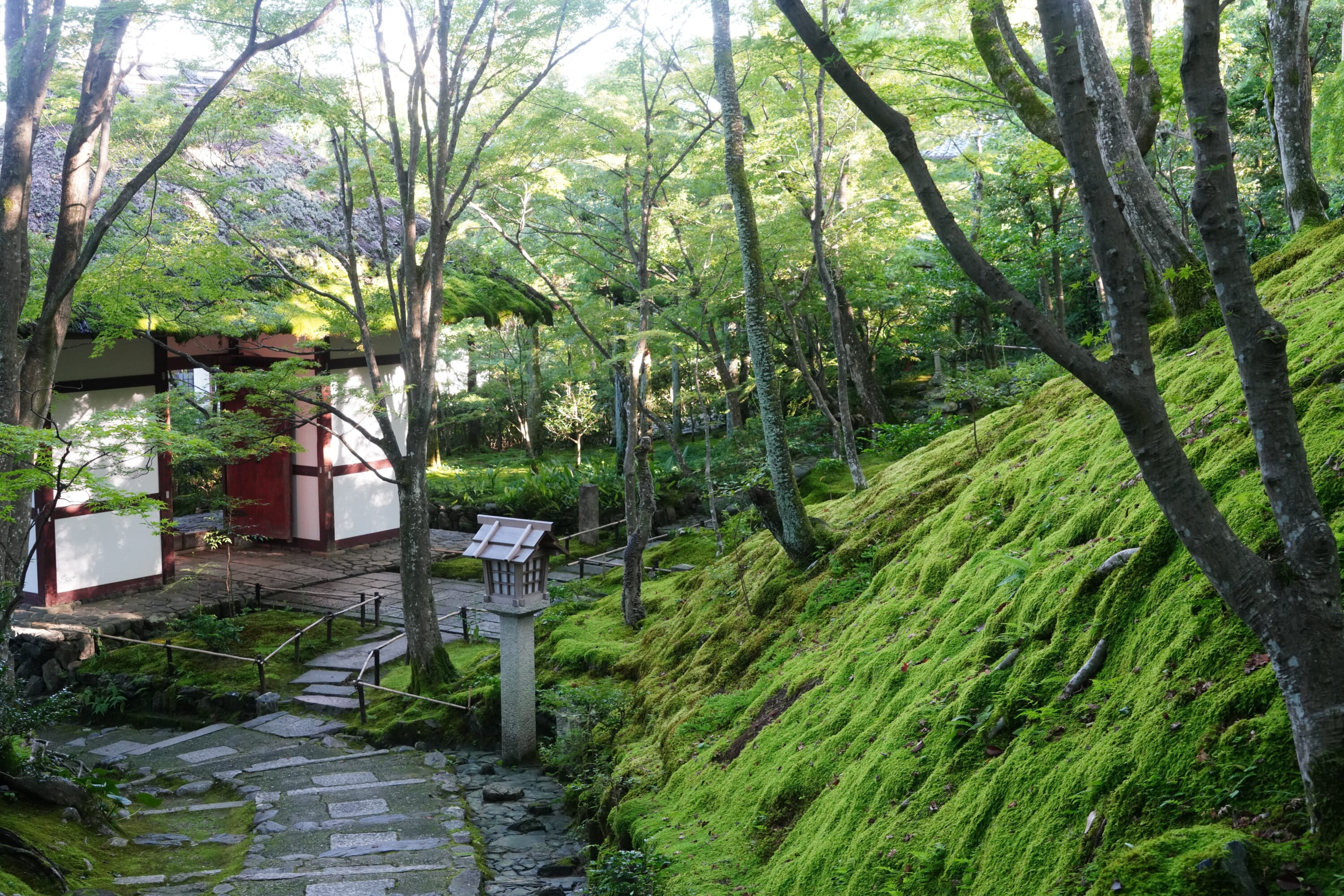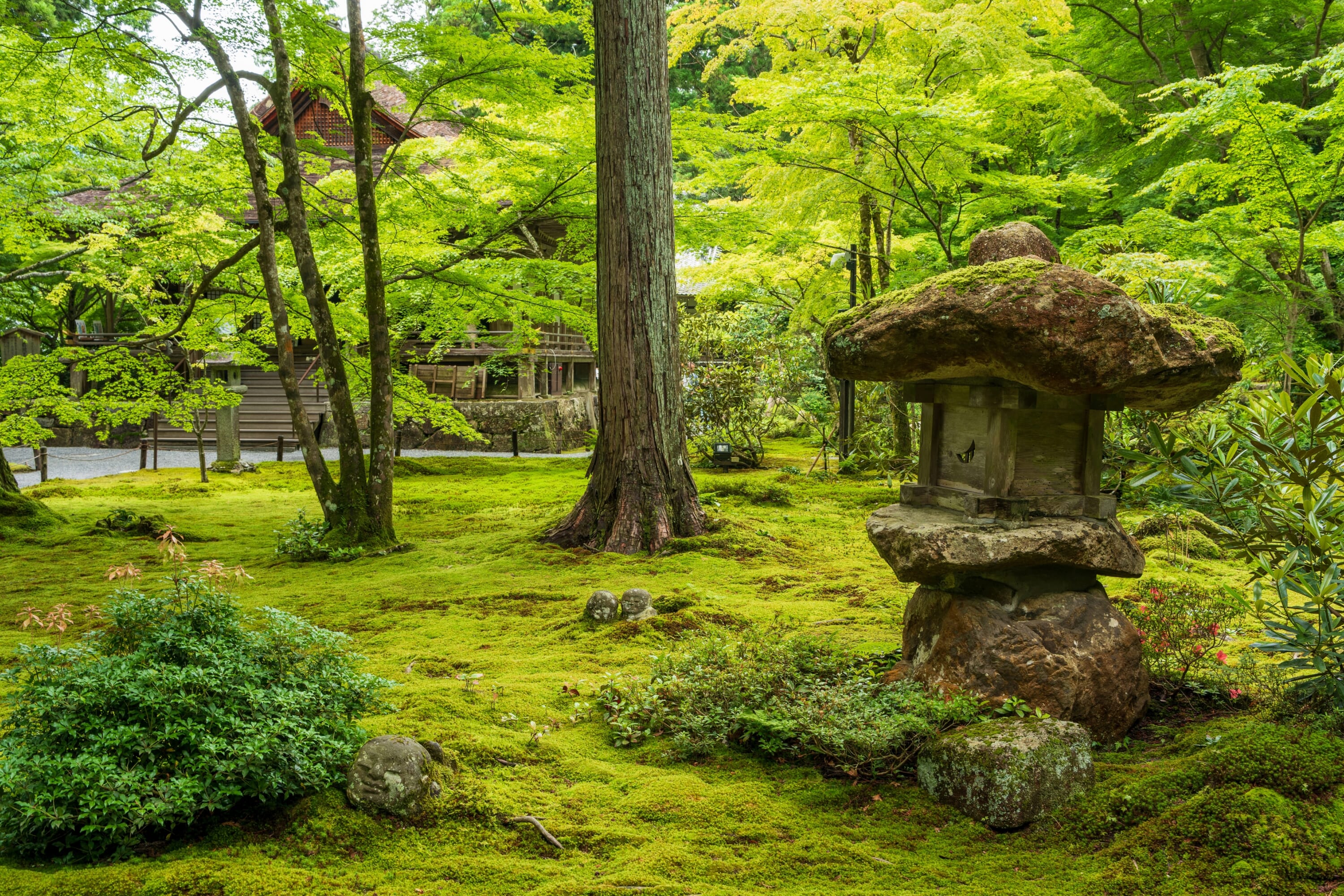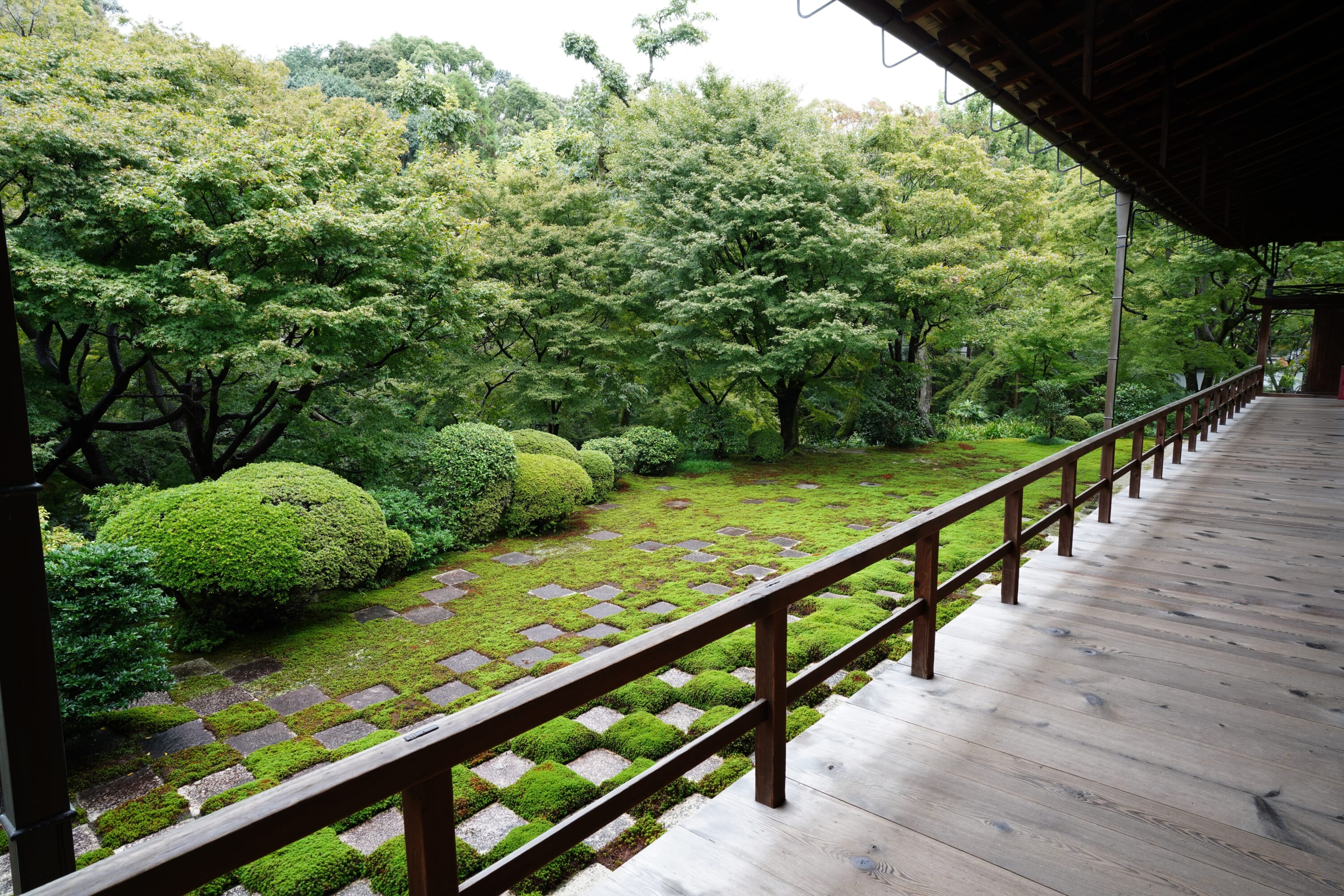Moss fans, rejoice! JR Tokai, or the Central Japan Railway Company, has launched a limited-time “Kyoto Moss Tour Passport,” which will grant visitors discounted access to six of the city’s most gloriously moss-surrounded temples. The offer is part of the company’s seasonal “Souda Kyoto, Ikou” (Let’s Go To Kyoto!) campaign. Essentially, it’s a two-day pass that will allow you to enter six serene, mossy spaces for just ¥1,000, which is less than half of what the combined entry fee would cost otherwise.

Gioji Temple
Six Stops, One Peaceful Route
Midsummer is typically peak season for Kyoto’s moss gardens; the warm, wet climate at this time brings out their full texture and vibrancy. Early morning or late afternoon visits are particularly ideal, not just for better light and cooler temperatures, but also for a quieter, more reflective atmosphere.

Each of the six participating temples offers a unique take on Kyoto’s natural charm. Two are located in Arashiyama: Gioji Temple, located in the Sagano area, is a compact temple enveloped in maple trees and, of course, thick moss — perfect for a peaceful break after strolling the nearby bamboo grove. Jojakkoji Temple (official website in Japanese only) offers sweeping views, along with stone steps and gardens that seem to hum with stillness in the summer heat.

Sanzenin Temple
In the rural Ohara district, three temples in the northeast — Sanzen-in, Shorin-in (Japanese only) and Enkoji Temple — create a countryside temple trail that feels far removed from the bustle of central Kyoto. Sanzen-in stands out for its smiling Jizo statues nestled among the moss, while Shorinin is known for the sprawling moss lawns surrounding its pagoda.
Enkoji Temple is especially known for its strolling pond garden. This carefully designed landscape is best viewed from the main hall, where the garden appears like a “living picture” or “framed scene” — a composition of moss, trees and stones that changes subtly with the seasons.

Tofukuji Temple
Last but not least, Tofukuji, located in the southeastern part of Kyoto, is known for its impressive Zen architecture and carefully maintained moss gardens. One of its standout features is the Hojo (main garden), designed by Mirei Shigemori in the 1930s, where moss plays a central role — especially in the northern garden, where square patches of moss alternate with stone in a striking checkerboard pattern.
How To Get the Moss Tour Passport
The Kyoto Moss Tour Passport can be purchased at the JR Tokai Tours on the first floor inside Kyoto Station. It’s also available online through the official JR Tokai website, but do note that the website is only in Japanese. The pass is valid for two consecutive days and can be used for one-time entry at each of the six participating temples.
When you buy the passport, you’ll receive a fold-out guide in Japanese with information on each temple, including access details and different types of moss to look out for. While the booklet is currently only in Japanese, it’s easy to navigate with maps, pictures and clear temple names. If you’re planning to visit Kyoto in the summer months, this pass is one of the easiest ways to explore the city’s quieter, greener side.
Discover Tokyo, Every Week
Get the city’s best stories, under-the-radar spots and exclusive invites delivered straight to your inbox.
Related Posts


AloJapan.com